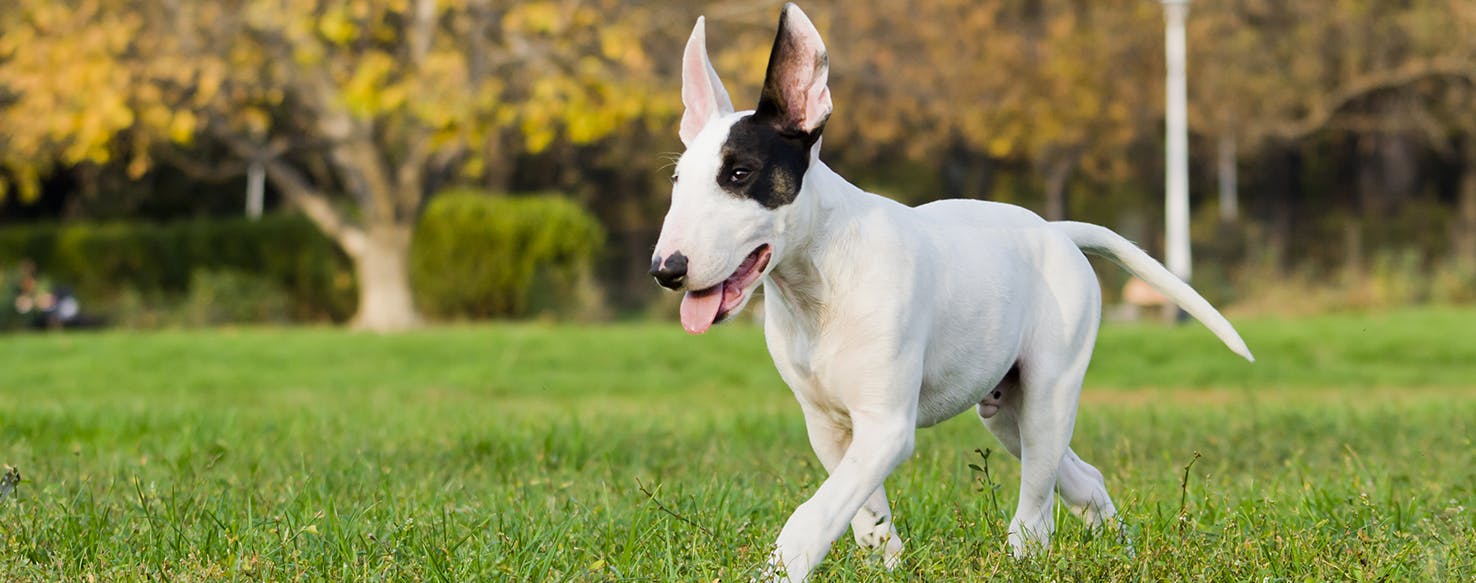Hot spots are inflamed, sore areas of skin due to infection. They can leave your dog in discomfort and pain and, unfortunately, they can increase in size at a rapid rate. It is essential as a dog owner to act swiftly. Hot spots can be caused by insect bites, with fleas being one of the most common culprits. A dog collar left on after a swim in the lake can cause the skin and fur to retain moisture, leading to the development of a hot spot. Breed predisposition (such as Golden Retrievers and dogs with folds in the skin) can be a factor, as can a chewing and licking habit that leads to raw skin.
Fortunately, all is not lost. There are several recommended home remedies for relief of hot spots on dogs, but it is always wise to consult your vet before you try them. Hot spots on dogs can grow in size very quickly and can lead to bacterial infection. Even after a home remedy, you may have to take your dog to the clinic for treatment.
Disinfect the Wound
Your dog’s hot spot is infected, so the first steps you need to take are to cut the dog’s hair to gain access to the wound, and to fight the infection with a disinfectant. You will have to have carefully trim back your dog’s hair, and doing so may be painful. If your dog is hesitant or tense as you attempt to cut the fur, you may have to take them to the vet so they can be sedated. Hot spots can be very painful, causing your dog to snap and bite.
To disinfect, you can use a mild, perfume free antibacterial soap. Dab it on the wound, rinse thoroughly and gently pat dry. Or, you can try povidone-iodine, usually sold by the brand Betadine. It is effective in controlling skin bacteria, it has no side effects, and it’s an organic iodine. Plus, it can be easily purchased from both pharmacies and health food stores. This is a short term use cleaner (no longer than a couple of days), however, as it may delay healing.
Dilute it with water until it reaches an “iced tea” color. Then apply the solution to the wound using a soft cloth. You will need to repeat this process at least twice a day to ensure the infected area is kept dry and clean.
Himalayan Salt Bath
This is a recommended treatment for a number of reasons. Firstly, it is safe and easy to use, posing no danger to your dog. Secondly, it is an effective anti-bacterial treatment that will fight against your dog’s infected hot spots. Himalayan salt is extremely easy to get your hands on; it can be bought from health stores and even some grocery stores.
Dosage wise, add one teaspoon of the salt to one cup of warm water. Then gently wash the hot spot and dry with a soft towel. Repeat the process a few times a day. How effective is this? If your pup has a hot spot that is not weeping and very sore, in less than a week you may have your hot-spot-free dog back.
Calendula Lotion
Calendula is known to promote healing. Mix 20 drops of calendula tincture into a cup of homemade saline solution (one cup of purified water to which 1/4 teaspoon of salt has been added). Pour over the wound. Again, if your dog shows discomfort, stop the treatment and see the vet.
Supplements
Add supplements to your dog's daily diet. Vitamins A, C, and E are necessary to replace deficiencies that can lead to skin problems. Probiotics, added to your pup's food, promote a properly working digestive system and lead to better health overall. Essential fatty acids are known to be restorative to the skin as well. Purchase fish oil supplements to acquire the Omega 3's beneficial to your pet.
Elizabethan Collar
No dog wants to wear a collar that is cumbersome and gets in the way of having fun. Not allowing your furry buddy to lick and further irritate the hot spot is a natural remedy, though. Licking promotes irritation and helps the bacteria to proliferate. Stopping the licking, in conjunction with the cleaning of the wound, will help it to dry out and heal.
Prevention of Hot Spots
Hot spots can increase at an alarming rate, so a swift, effective response is vital. If you are concerned, seeking advice from your veterinarian is always advisable. Until you can get that vet appointment though, you may want to try one of the above mentioned natural home remedies.
Once the hot spots clear up, prevent their return by bathing your dog as needed to avoid matting of the fur and the collection of dirt and debris in tangled fur. If your pup is prone to hot spots, ask your vet about using an antibacterial shampoo. Make sure your pet's fur is thoroughly dry after bathing and swimming. Never use a blow dryer on high and do not blow dry hot spots. Keep your dog's ears clean and check for full anal sacs. Keep fleas under control. Preventing hot spots is always the best treatment!


